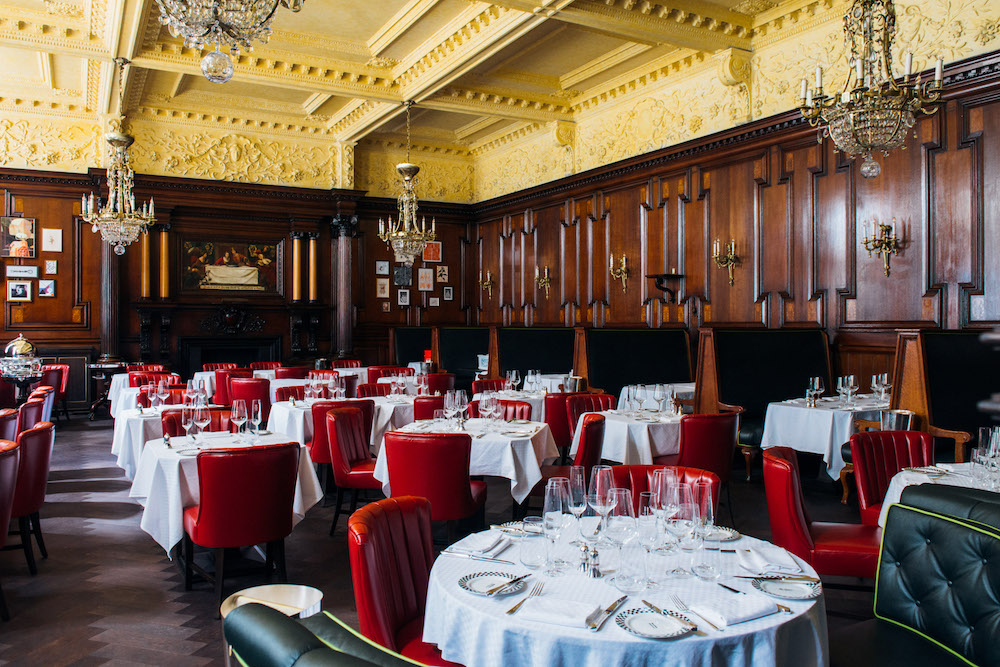Port speaks to Manzil Diniz – the master carver of Simpson’s in the Strand – about continuing 190 years of tradition

The restaurant scene in London has undergone a revolution in the last few decades. While from the Continent the refrain condemning British cuisine still echoes, the capital has evolved to become a cornucopia of cooking from around the world, reflecting the multicultural atmosphere of the city.
Yet, so the argument goes, importing culture to this degree was necessary because of the dearth of good food in the London, as well as a demand for the new and the novel from an increasingly well-informed and curious clientele. And though by-and-large this was the case, through all the exciting and exotic, through all the passing fads, a few stalwarts have been quietly bucking the trend and serving high-quality British cuisine, just as they always have. Chief among them, Simpson’s in the Strand was founded in 1828 and still operates from its original location on the famous central artery of London from which it takes its name.

Not erring from tradition in this way, of course, runs the danger of becoming irrelevant and out of touch. Indeed, Simpson’s famous high-ceilinged, wood-panneled dining room, beloved of P.G. Wodehouse, Benjamin Disraeli and Charles Dickens had, in recent years, come to be considered something of an antique; the long dining hall evoking only a memory of the restaurant’s end-of-the-century grandeur. Before its extensive but sensitive, subtle renovation last year, the 190-year-old institution was even threatened with closure. Now, replete with comfortable dark green banquettes and restored ceilings, the Grade II-listed building has returned to its original splendour.
Simpson’s, while quietly modernising the menu (or ‘Bill of Fare’), still proudly offers British classics like steamed Steak & Kidney pie and smoked Lincolnshire eel, but nothing is more representative of British cooking, and of Simpson’s, than their roast beef and roast lamb. In a tradition dating back to Simpson’s origins as a chess club, where disruption to the players was kept to a minimum, the meat is wheeled silently through the dining room on a now-antique trolley, and carved and served at the table. It is a piece of theatre as integral to the experience as the masterfully roasted meat, and one that is only entrusted to a handful of expert carvers.

“Carving tableside shows our guests exactly what our heritage is, it demonstrates our particular tradition of serving meat,” Manzil Diniz, the current master carver, tells me. “Slices must be thin and with perfect presentation – it is all about speed: to ensure both that the service runs smoothly and that the meat does not look hacked.
Diniz, who had been an apprentice carver for several years, inherited his master’s knives when he assumed his role this year. “They were handed down to me and I should hope to do the same one day,” he explains. “It’s an honour to be able to continue the carving legacy here and something that we take very seriously.”
As with the performance of the meat being carved at the table, Simpson’s demonstrates how traditions can be continued and renewed, living on, in this case, in the balletic, gentle movements of the master carver. Reupholstered and reinvigorated, Simpson’s is no longer a relic but a celebration of the past, of tradition, even if the cloud of cigar smoke that once hung above the diners has long disappeared. Today, in a city changing at such a speed, evolving often beyond recognition, Simpson’s is relevant and necessary, as well as a being good, hearty lunch.




